It looks so good, and you can outright ignore the AI if you want to (for now).

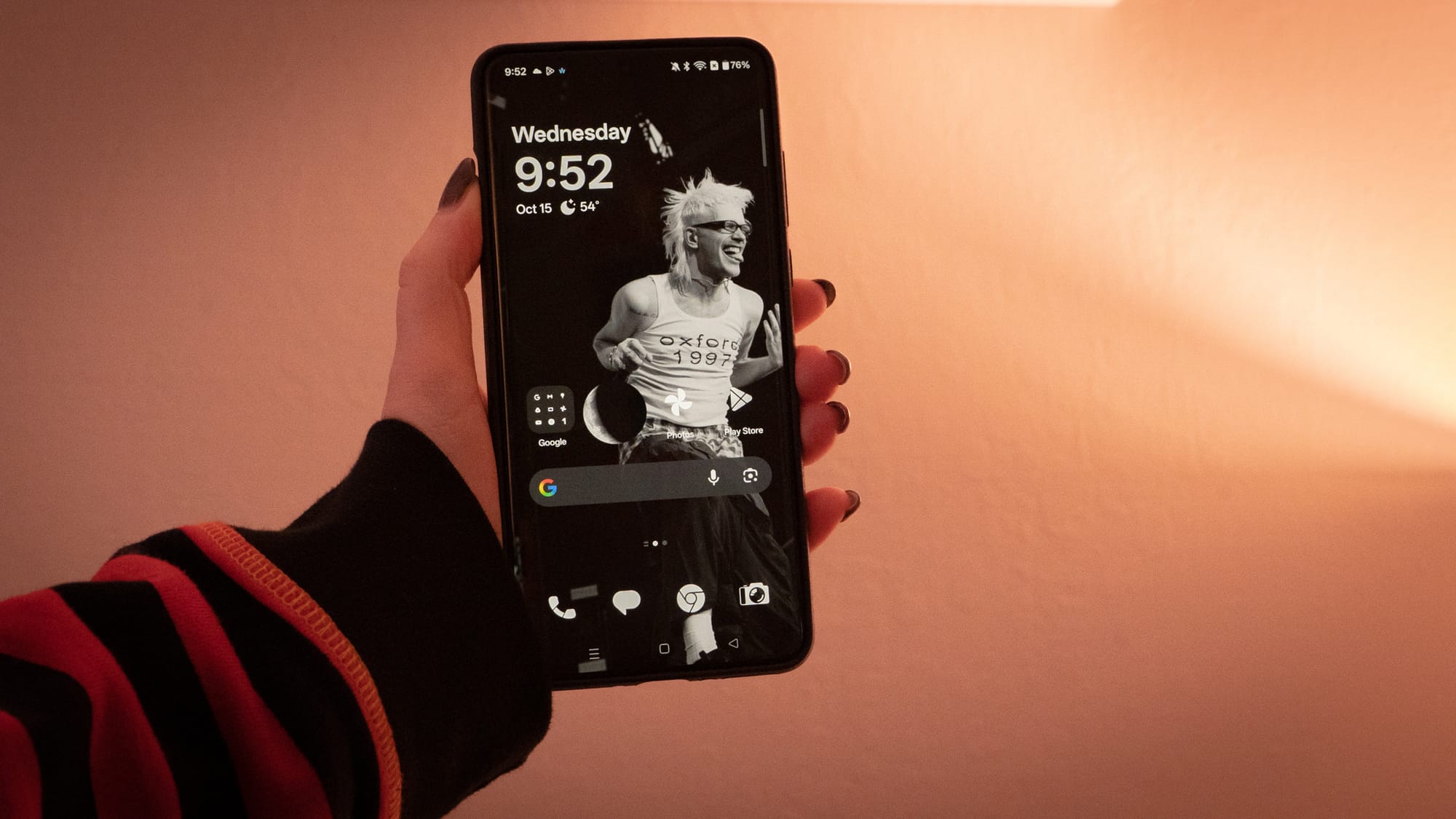
They say not to judge a book by its cover, but that doesn't apply to user interfaces. OnePlus's OxygenOS 13 made me run for the hills. It was the first version of the operating system after Oppo, OnePlus's parent brand, announced it would be taking over software development. The result made OxygenOS look like ColorOS, a far cry from the Holo-based trimming OnePlus had carried the flag for many generations.
OxygenOS 16 is a welcome change after the messy transition of the last few years. I've only had about a day with the new look in beta, which OnePlus pushed out to my OnePlus 13 review unit with a helpful over-the-air update. I like what I see. OnePlus is finally solidifying its place among the smattering of competing Android manufacturers. And even with all the AI-based features, it's thankfully not at the forefront, unlike how Google and Samsung have committed.
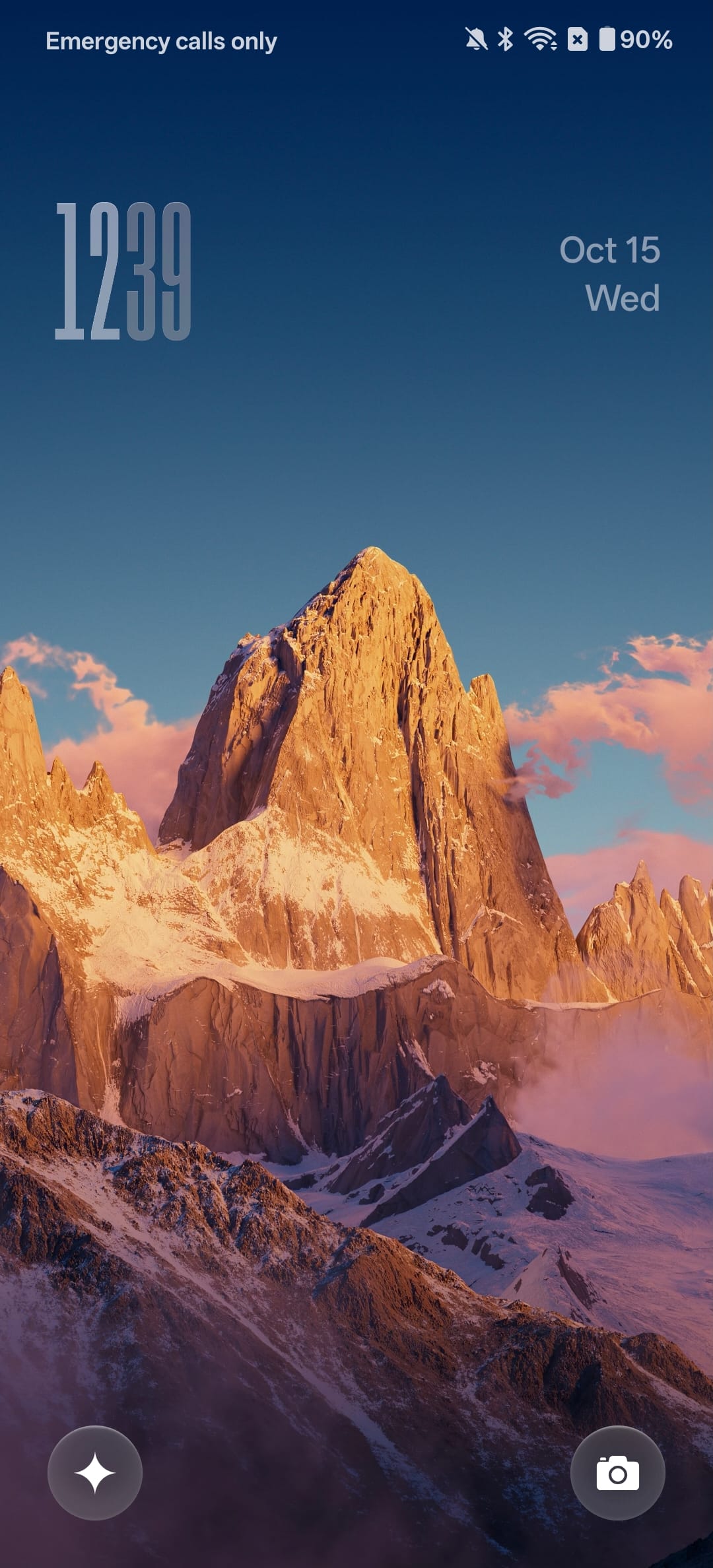
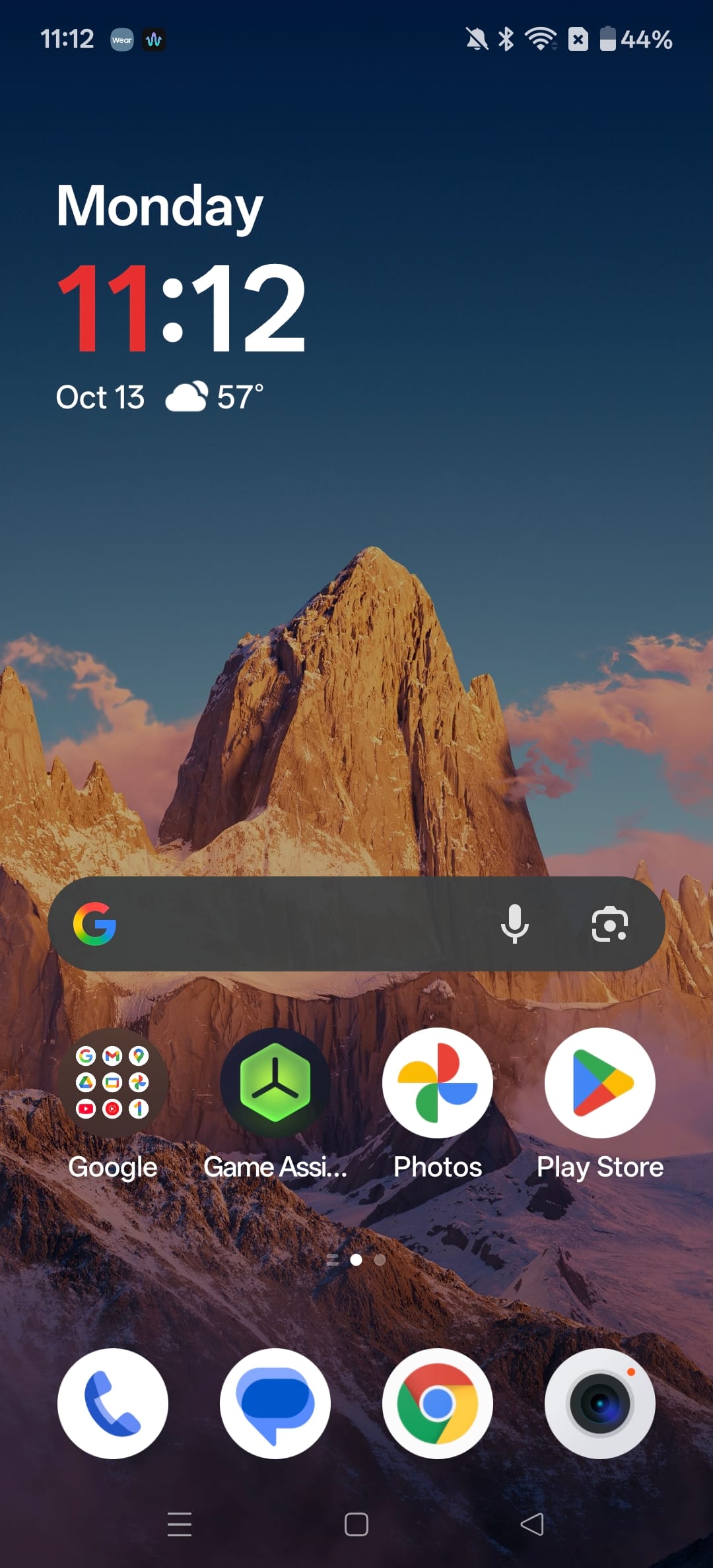
There are plenty of under-the-hood improvements in OxygenOS 16, including its Parallel Processing architecture, which queues up animations for more seamless transitions throughout the interface, and Private Computing Cloud, which enables both GPU- and CPU-based encryption. But the biggest change to OxygenOS 16 is how everything looks. Like Android 16, OxygenOS 16 offers more than just a fresh coat of paint. OxygenOS 16's Flux Theme 2.0 promises to "breathe with you." It has rounded corners that don't appear cartoon-like, a Gaussian blur to distinguish the background, and "silky" movement as you swipe and pan through screens across the operating system.
Like the rest of Android and iOS, the OnePlus Lock Screen received some polish. You can set videos as wallpapers with varying dimensionality and custom text. I used a high-resolution static photo instead, and I love how you can pinch to expand the image and move it around to add depth to the lock screen clock. It reminds me of iOS's current Lock screen options, while offering more customization than you get currently on the Google Pixel interface.
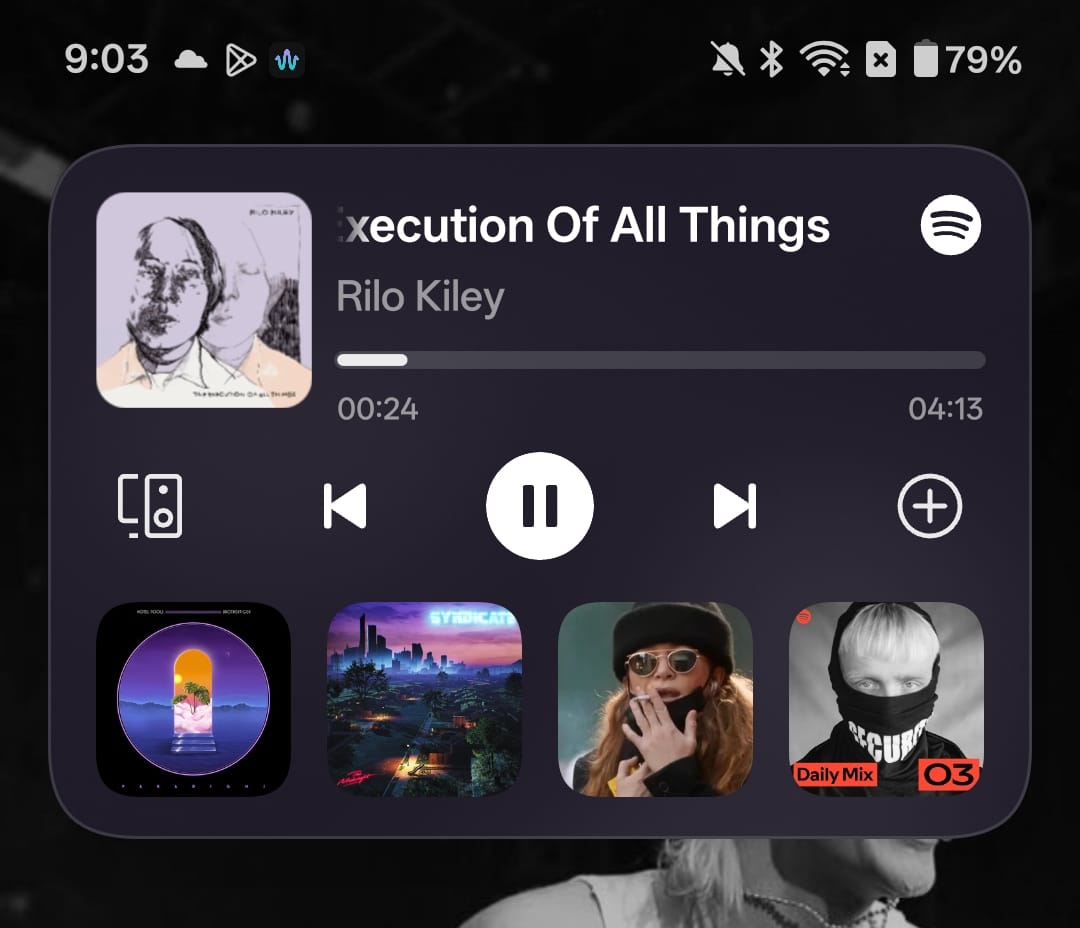
There's also Fluid Cloud, which acts a little like iOS's Dynamic Island and Samsung's Now Bar. Fluid Cloud is basically a reactive widget overlay that pops up with real-time activity. It works for ride-share apps and food delivery apps, as well as live sports. I tried it with the Spotify media controls, and aesthetically, it's so much more pleasing to use for controlling music than what OxygenOS had before.
Of course, Gemini is a major part of the OxygenOS 16 experience—it's become a major part of the Android ecosystem. Unlike Samsung, which worked with Google to have its devices be the first to debut new Gemini features, OnePlus offers Gemini integrations and other AI bits much more passively.
Mind Space, introduced in OxygenOS 15, now works with Gemini, so you can search for notes and have them integrated into your responses. I'm still figuring out the case for Mind Space and how to get that kind of advertised use from it. OnePlus's reviewer materials suggested I clip pieces together in Mind Space for a future trip, then ask Gemini to help me set it up. I don't really have wanderlust right now. I'm still figuring this one out.

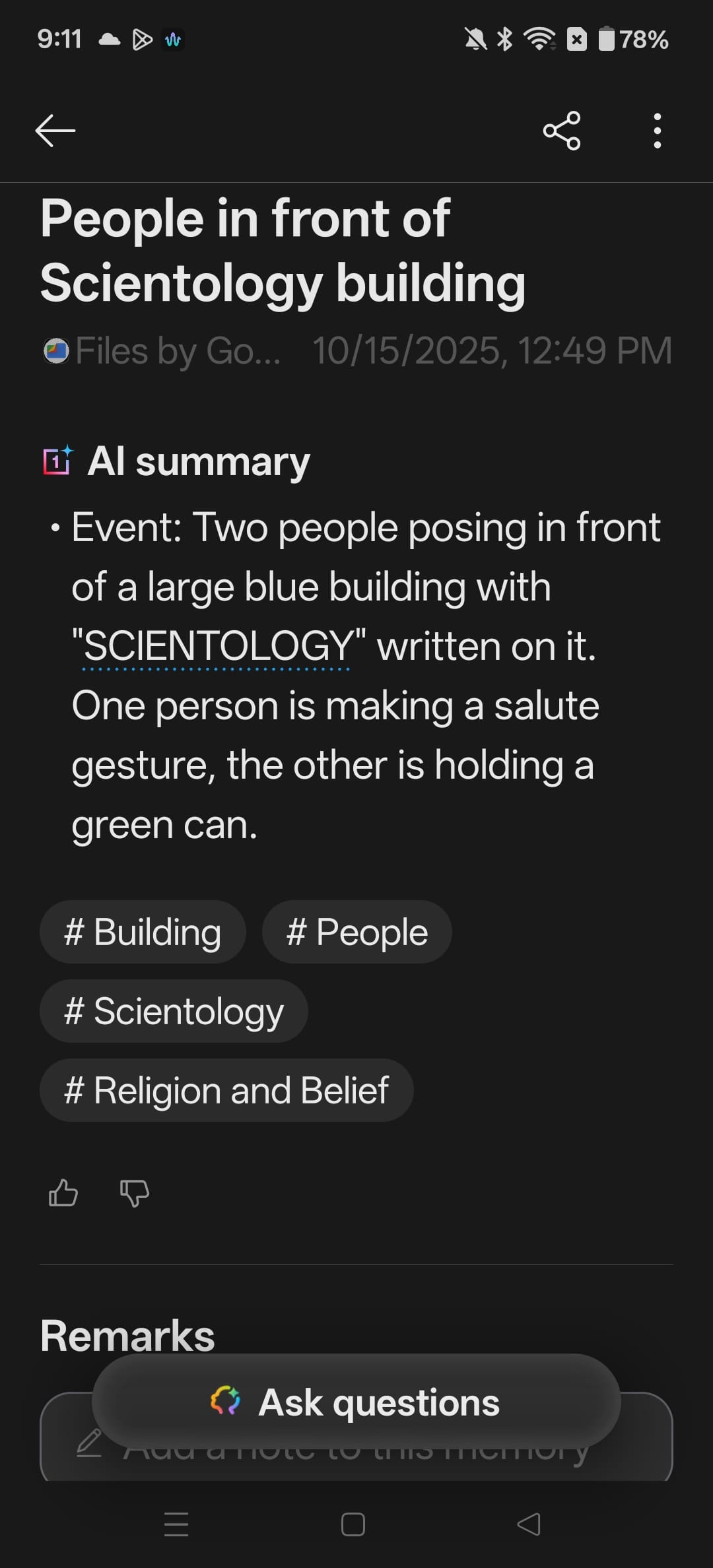
Mind Space, now with Gemini.
Other AI tricks in OxygenOS 16 will sound familiar if you've been keeping up on Samsung and Google and their respective devices. For one, OnePlus bundles a feature called AI Writer, which is exactly what it sounds like: Generative AI to help you write social media posts, emails, and notes. There's also an AI-powered document scanner called—what else?—AI Scan. The feature lets you snap a photo of a document, receipt, or even a whiteboard, and then saves it as a PDF. OnePlus added its own transcription capabilities through AI Recorder, which provides real-time transcription with speaker identification.
And then there's the creative stuff: OxygenOS 16 offers Portrait Glow, which can help enhance low-light portraits with optimization for different skin tones. There's AI Perfect Shot, which intelligently fixes closed eyes or awkward expressions. And AI PlayLab, which lets you try out a variety of experimental AI features before they're ready to go.
Last little bit to mention here is how useful the cross-platform connection features are in OxygenOS 16, as long as you ignore the desktop app. I don't like that the O+ connection app is Oppo-sanctioned and looks like it was thrown into a translator to blend in with the OnePlus crowd. But I like that it works with Mac and PC. I'm still testing out some of the capabilities here and hope to share more about it in a future show or on social media. Some things are best shown rather than described. And also, I'm still figuring out some stuff.
OxygenOS 16 for OnePlus smartphones and tablets is now rolling out, starting in India. The OnePlus 13 series in North America and Europe will be the next batch of devices to receive the update, scheduled for late October 2025 to November 2025. The broader rollout of the software to older flagship models like the OnePlus 12, 11, and OnePlus Open starts in December 2025 and will continue well into 2026. Older OnePlus flagships, including the OnePlus 10 Pro, 10T, 9, and 9 Pro, are no longer eligible for major software updates.